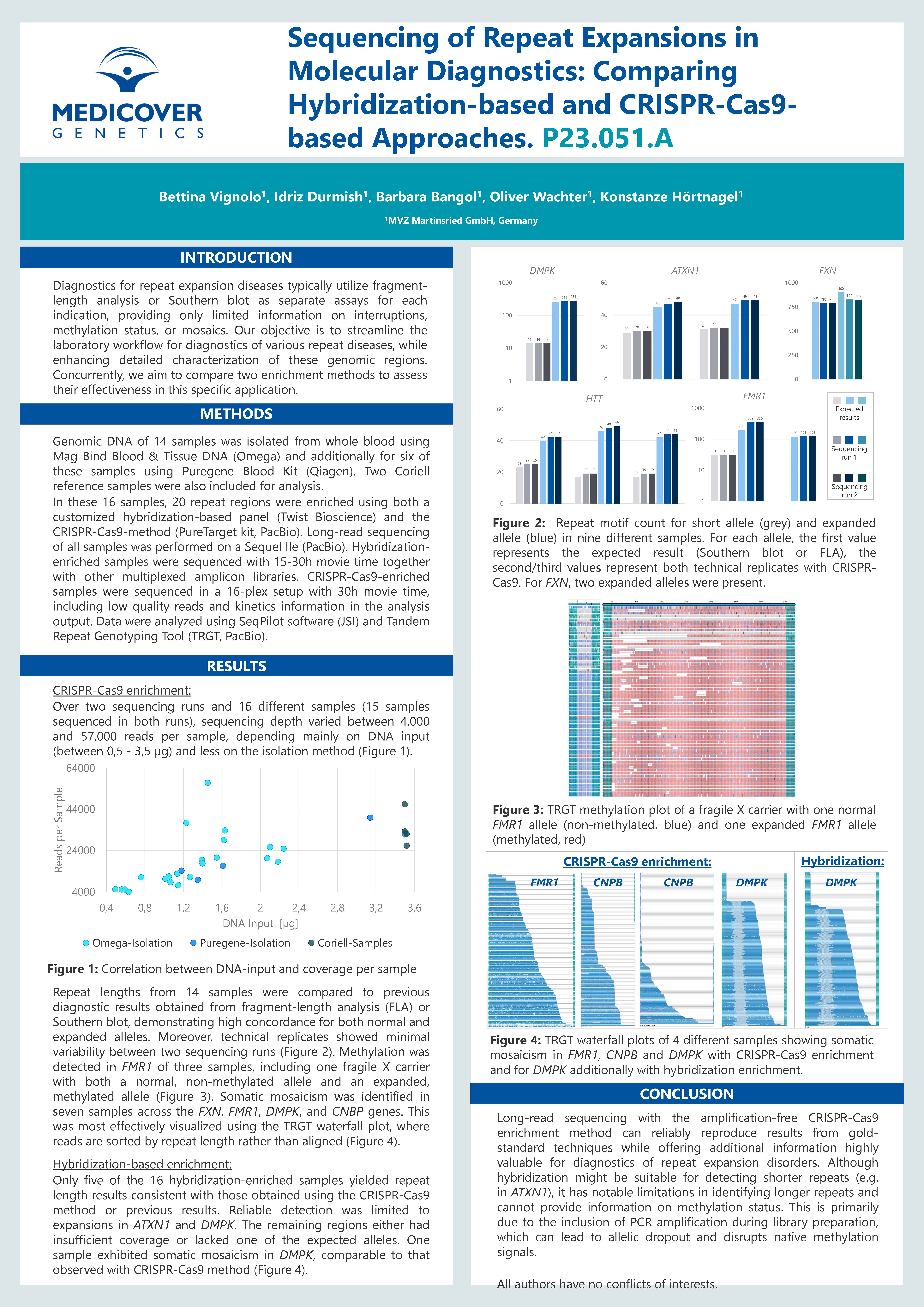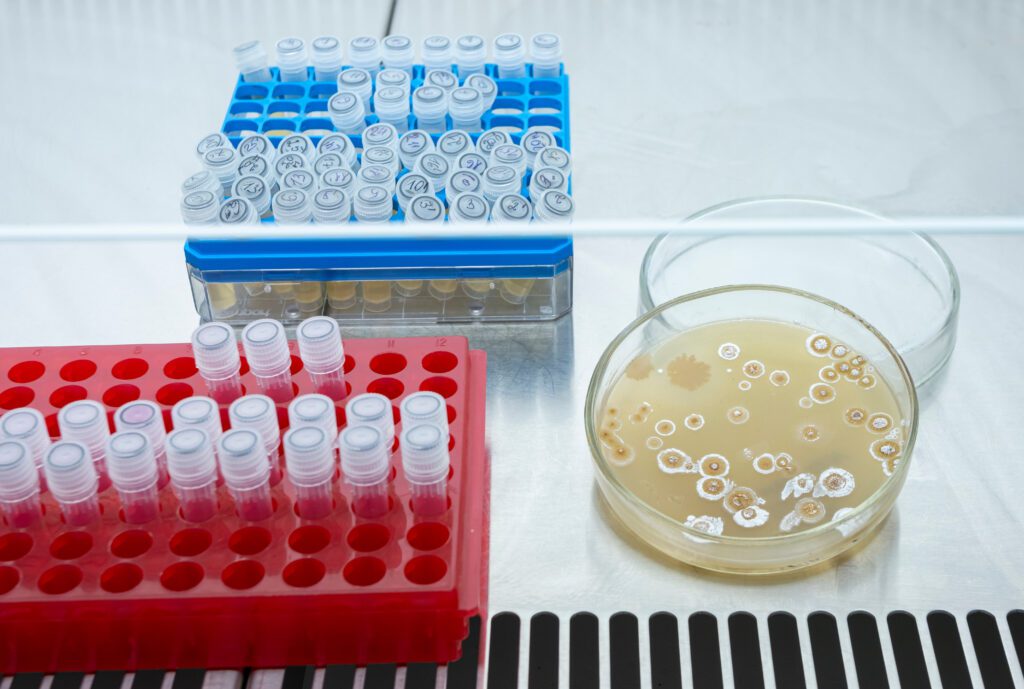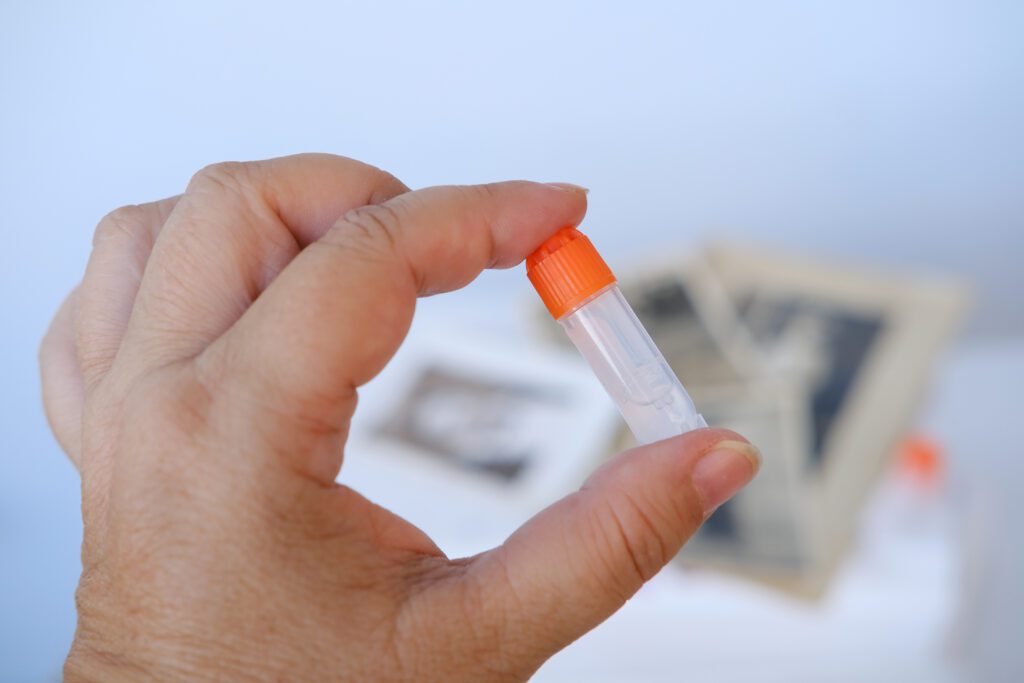Sequencing of Repeat Expansions in Molecular Diagnostics: Comparing Hybridization-based and CRISPR-Cas9-based Approaches
Medicover Genetics conducted a comparison of hybridization and CRISPR-Cas9-based sequencing enrichment methods, utilizing the Mag-Bind® Blood & Tissue DNA HDQ 96 Kit for DNA extraction.




